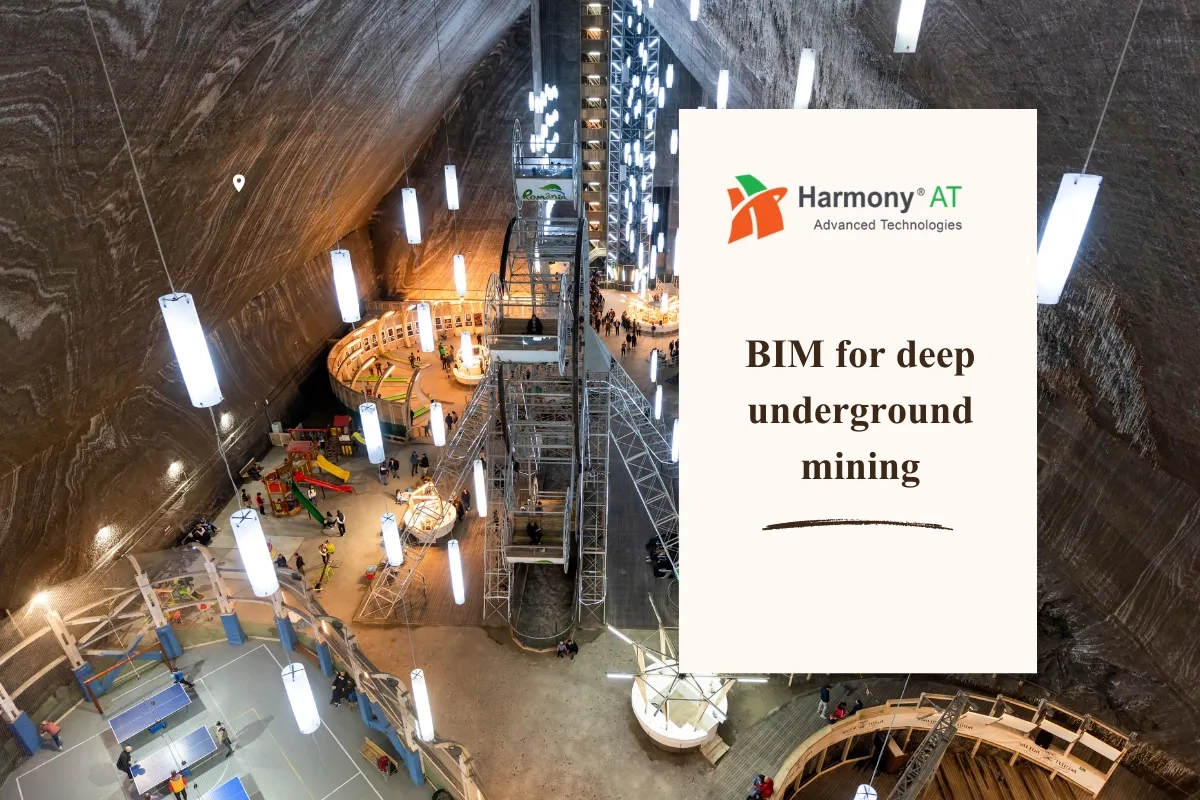The architectural landscape is rapidly evolving, with 3D modeling revolutionizing how buildings are designed, visualized, and constructed. While traditional 2D drawings once formed the foundation of architectural projects, today’s advanced 3D modeling offers a far more immersive and precise way to bring concepts to life. Converting 2D architectural drawings into 3D models opens the door to enhanced visualization, streamlined collaboration, and improved accuracy, enabling architects, engineers, and stakeholders to explore designs in greater detail. In this blog, we’ll explore how 2D to 3D architecture services are reshaping the design process, providing significant advantages in project efficiency, innovation, and success.
The Shift from 2D to 3D in Architecture
Historical Context of 2D Architectural Design and Drafting
For centuries, architectural design was rooted in 2D drawings, with architects using hand-drawn blueprints to convey their ideas. These 2D plans, elevations, and sections served as the primary tools for communicating design intent, guiding construction teams through each phase of the project. While effective, 2D drawings often required a high level of interpretation, and their limitations in visualizing complex spaces and structures could lead to misunderstandings or errors during construction.

The Rise of 3D Modeling Technologies and BIM
The development of computer-aided design (CAD) revolutionized 2D drafting by digitizing the process, making it faster and more precise. However, the true transformation came with the advent of 3D modeling and Building Information Modeling (BIM) technologies. These innovations enabled architects to create detailed, three-dimensional representations of buildings, integrating data and geometry in a single, collaborative model. BIM further advanced the industry by allowing multidisciplinary teams to work together within the same digital environment, ensuring better coordination across architecture, engineering, and construction.
Key Benefits of Converting 2D to 3D Architecture
Enhanced Visualization
One of the most significant advantages of converting 2D drawings to 3D models is the ability to visualize designs in a realistic, immersive way. While 2D drawings are limited to flat representations, 3D models provide a comprehensive view of the building, allowing stakeholders to explore the design from every angle. Clients can take virtual tours of the project, understanding spatial relationships and material choices in a way that 2D drawings simply can't convey. This not only improves communication between architects and clients but also helps avoid costly misunderstandings about design intent.
Improved Collaboration and Coordination
3D modeling, especially when integrated with Building Information Modeling (BIM), promotes a higher level of collaboration across all project teams. Architects, engineers, contractors, and other stakeholders can work on a unified platform, ensuring that every element of the design is aligned. This reduces the likelihood of design conflicts and construction delays that often occur when using separate 2D plans for different disciplines. With 3D models, design changes are updated in real time, ensuring that everyone involved in the project is working with the most current information.
Increased Accuracy and Reduced Errors
In 2D design, it can be challenging to represent complex spatial relationships, often leading to misinterpretations during construction. By converting 2D drawings into detailed 3D models, architects and engineers can more accurately represent the physical dimensions of a building. This precision allows for better clash detection - identifying potential conflicts between structural, mechanical, electrical, and plumbing systems before construction begins. Early detection of such issues significantly reduces the likelihood of expensive rework or delays, leading to a smoother construction process.
Efficient Design Exploration and Iteration
3D models allow for faster design iterations, making it easier for architects to explore various design options and materials. In 2D, modifying a design can be time-consuming, requiring updates to multiple drawings. In contrast, with 3D modeling, changes can be made quickly, and the impact of those changes is immediately visible throughout the model. This agility allows for more creative freedom, enabling architects to experiment with innovative design solutions while maintaining control over accuracy and feasibility.
Cost and Time Efficiency
The combination of increased accuracy, enhanced collaboration, and faster design iterations leads to significant cost and time savings. 3D models help reduce costly errors during the construction phase by providing a clear and detailed representation of the building. Additionally, the ability to make quick changes during the design phase speeds up the entire project timeline. This efficiency not only helps keep projects within budget but also ensures that deadlines are met, making the 2D to 3D conversion process a valuable investment for any architectural project.
2D to 3D Architecture Conversion Services from Harmony AT
What the Process Entails
At Harmony AT, our 2D to 3D architecture conversion process begins with carefully analyzing your existing 2D floor plans, elevations, and sections. We then transform these traditional drawings into precise and detailed 3D models. This process involves creating accurate representations of spatial elements, including walls, windows, doors, and other architectural features, allowing for a comprehensive view of the project.
Our team utilizes advanced tools and technologies such as AutoCAD, Revit, and SketchUp to ensure that the 3D models are not only visually accurate but also highly functional. Each model is crafted to enhance the clarity and detail of your design, offering a realistic and immersive perspective of the final structure.
Types of 2D to 3D Architecture Conversion Services
Basic Conversion
For projects that require a simple visual transformation, our basic conversion service turns 2D sketches into fundamental 3D representations. These models capture the essential layout of the building, making it easier to visualize floor plans and spatial arrangements. Basic conversions are perfect for early-stage design presentations or simple architectural projects.
Advanced 3D Modeling
Our advanced 3D modeling services go beyond basic layouts to include intricate architectural details and material applications. This service offers a higher level of precision, incorporating design elements like textures, lighting, and structural complexities. Whether it's detailed façade design, interior layouts, or sophisticated exterior features, advanced 3D models provide an in-depth and highly realistic visualization.
BIM Integration
For projects requiring detailed analysis and management, we offer full BIM integration as part of our 2D to 3D conversion services. With BIM integration, your 3D models are enriched with data, including material specifications, cost estimates, and construction schedules. This approach not only supports design visualization but also enables comprehensive building analysis, facilitating better decision-making throughout the project’s lifecycle, from initial design to construction and future maintenance.
Our 2D to 3D architecture conversion services are tailored to meet the unique needs of each project, ensuring that every aspect of the design is captured with accuracy and clarity. Whether you need a basic visual model or a data-rich BIM solution, Harmony AT delivers exceptional results to help bring your architectural vision to life.
Why Outsource 2D to 3D Architecture Conversion Services to Harmony AT?
Access to Expertise
Outsourcing 2D to 3D conversion services to Harmony AT provides you with access to a highly skilled team of professionals who are experts in architectural design and cutting-edge software. Our specialists are well-versed in industry-leading tools such as AutoCAD, Revit, and SketchUp, ensuring that your projects benefit from the latest technological advancements. By leveraging our deep expertise, you can rest assured that your designs will be accurately converted, optimized for both visualization and functionality.
Faster Turnaround
At Harmony AT, we understand the importance of meeting project deadlines. With a dedicated team focused on 2D to 3D conversion, we can significantly speed up the design process, delivering high-quality 3D models in a fraction of the time it would take an in-house team. Our streamlined workflows and commitment to efficiency ensure that you get the results you need without delays, allowing your projects to progress smoothly and on time.
Cost Efficiency
Outsourcing your 2D to 3D architecture conversion to Harmony AT can also lead to substantial cost savings. By eliminating the need to maintain in-house design teams and invest in expensive software and training, you can reduce overhead costs while still accessing top-tier services. Our flexible pricing models are designed to fit the specific needs of your project, helping you stay within budget without compromising on quality.
Scalability
Whether you’re working on a small residential project or a large-scale commercial development, Harmony AT’s services are fully scalable. Our team can quickly adapt to the size and complexity of your project, providing tailored solutions that meet your specific requirements. As your project grows or changes, we have the capacity to scale our services accordingly, ensuring that your design needs are always met with precision and efficiency.
By outsourcing 2D to 3D architecture conversion to Harmony AT, you gain a reliable partner capable of delivering expert results, faster turnaround times, cost-effective solutions, and scalable services—allowing you to focus on your core architectural work while we handle the technical aspects of 3D modeling.
Categories





